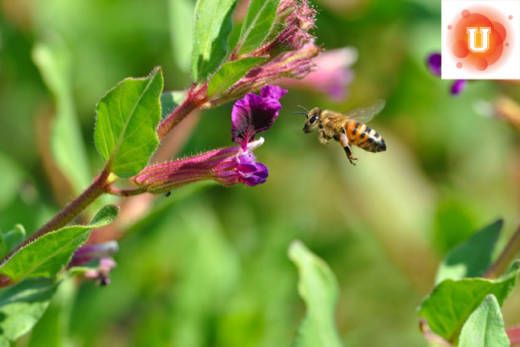This post is part of KQED’s Do Now U project. Do Now U is a biweekly activity for students and the public to engage and respond to current issues using social media. Do Now U aims to build civic engagement and digital literacy for learners of all ages. This post was written by Natalia Font, Kyler White and Kassandra Perez, students at Marian University.
Featured Media Resource
VIDEO: Science Magazine
Could This Pollinating Drone Replace Butterflies and Bees?
As bee populations continue to decline, scientists are developing a drone that can be controlled to pollinate plants.
Do Now U
Should We Use Drones to Help Bees Pollinate Plants? #DoNowUDrone
How to Do Now
To respond to the Do Now U, you can comment below or post your response on Twitter. Just be sure to include #DoNowUDrone and @KQEDedspace in your posts.
Learn More About “Bee” Drones and Pollination
For the past 10 years, beekeepers in the United States and Europe have been reporting a 30 percent annual decline in honey bee populations, which is considered higher than what is sustainable. This affects the pollination of plants, and most importantly to us, the pollination of fruits and vegetables, such as avocados, apples and onions. From April 2015 to April 2016 alone, bee populations in the U.S. dropped by 44 percent. Although bees are considered pests by many people in the general population, farmers know that honey bees are essential to the agriculture industry. Honey bees pollinate plants by unknowingly collecting pollen sacs on their legs and then distributing them as they fly from flower to flower to collect nectar. Globally, 43 of the top food crops are either entirely dependent or highly dependent on animal pollination. While honey bees are not the only insects that pollinate plants, they are the largest insect population to do so. In order to mitigate the effects that a continued loss of honey bees will have on agriculture, Eijiro Miyako, a Japanese scientist, has been working to develop an insect-sized drone that is capable of artificial pollination. The drone has horsehair to simulate the hairs that are on the honey bees’ legs and is coated in ionic liquid gel to help the pollen adhere. While still a ways off from being used in the field, an initial live-model test was successful.
